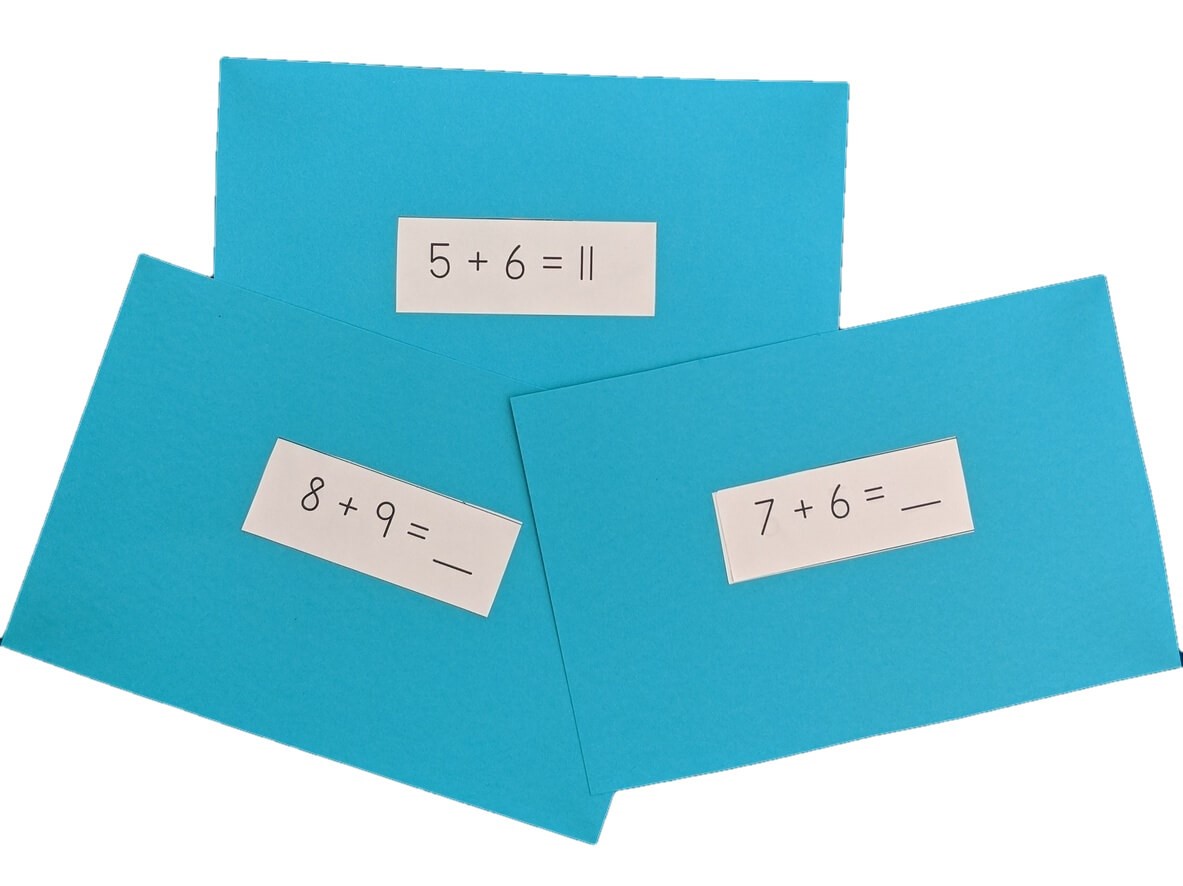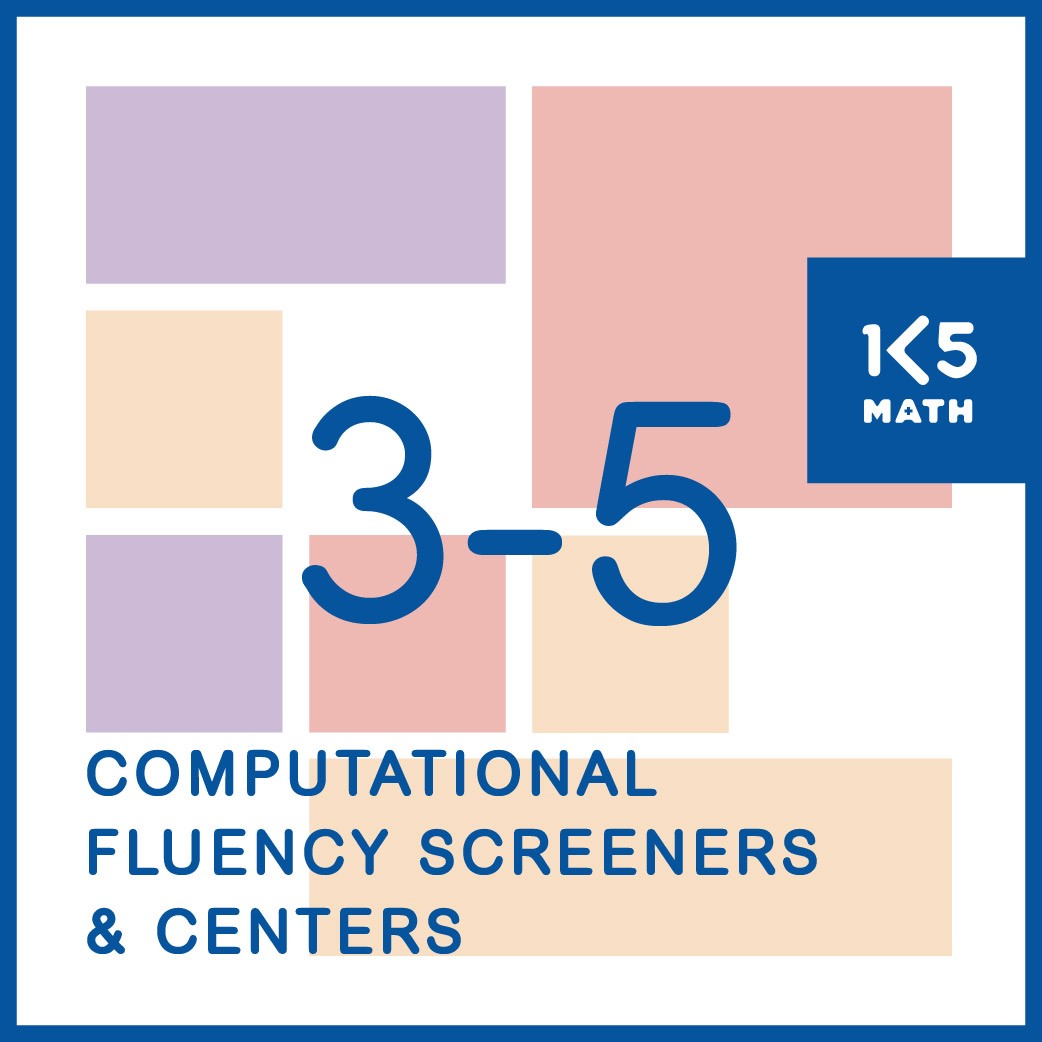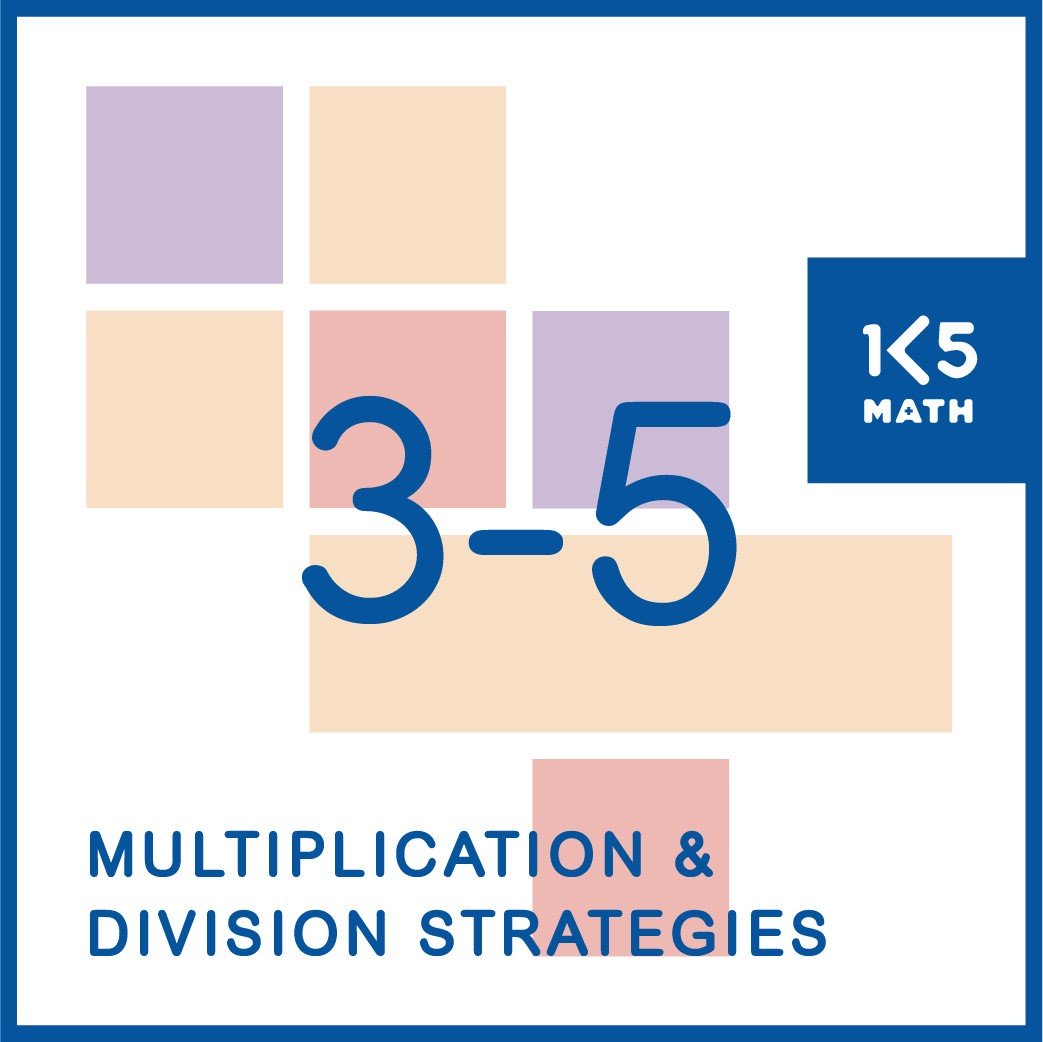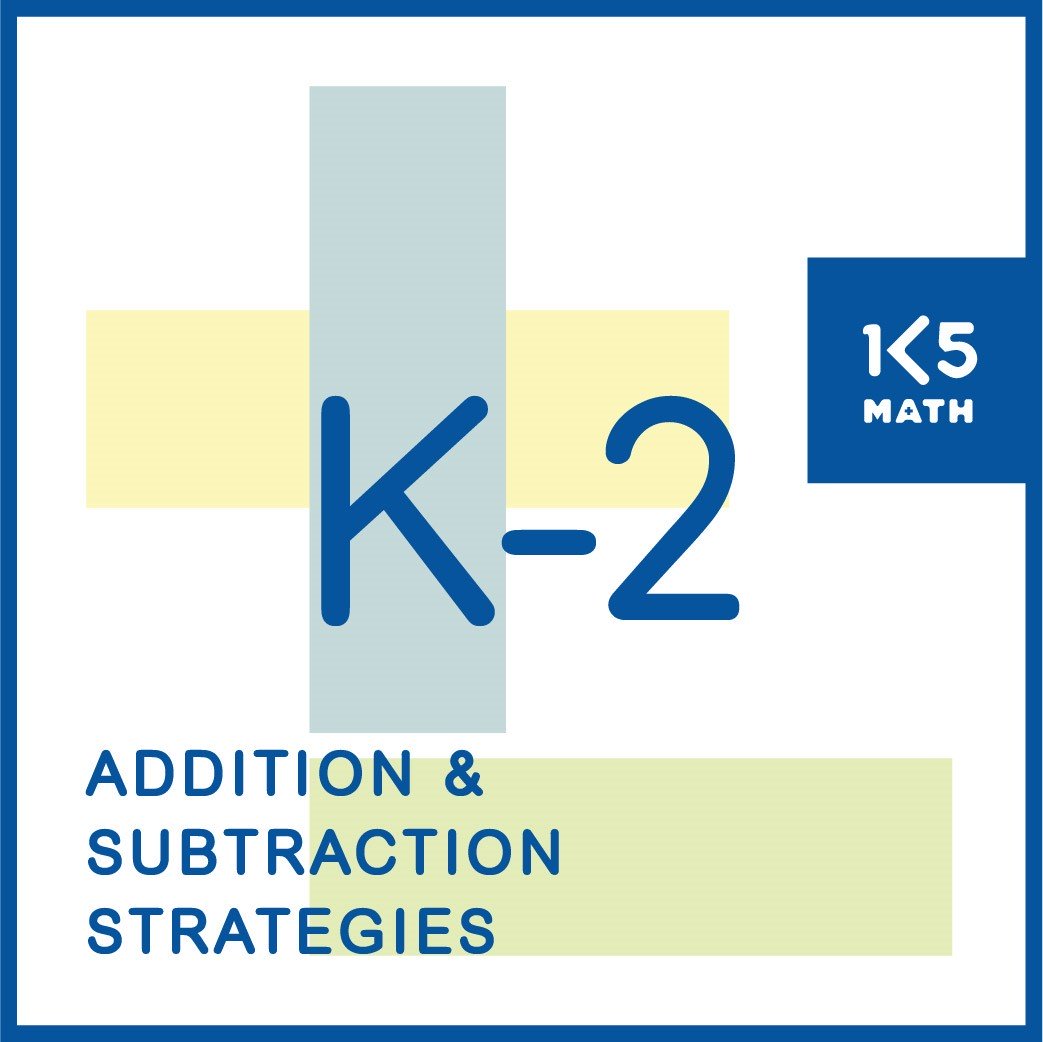Fact Fluency Cards
Computational fluency with whole numbers is an essential goal for school mathematics and forms the foundation for many higher level math concepts. Our website provides numerous math games and math center activities to provide practice with skills and concepts that are critical to the development of computational fluency. These include estimating reasonable results, developing and practicing accurate and efficient strategies for computing, developing an understanding of the operations, and knowing the basic addition and multiplication facts and their counterparts in subtraction and division.
The information below describes one way to use fact fluency cards to support the development of computational fluency. These cards can be used in conjunction with strategy games and math fluency centers to provide regular, ongoing practice of basic facts based on each student's current fluency goals.
Addition and Subtraction Labels
This file contains the following labels:
Plus One Facts
Plus Two Facts
Plus Three Facts
Minus One Facts
Minus Two Facts
MInus Three Facts
Facts of Five
Doubles Facts
Near Doubles Facts (e.g. 6 + 7 = 6 + 6 + 1 = 13)
Facts of Ten (Addition)
Facts of Ten (Subtraction)
Make Ten (e.g. 9 + 6 = 9 + 1 + 5 = 15)
Make Ten: Subtraction (e.g. 14 - 9 = 9 + 1 + 4 = 5)
Back to Ten (e.g. 14 - 6 = 14 - 4 - 2 = 8)
Multiplication Labels
This file contains the following labels:
x2 - x 10 Facts

How to Create and Store Fact Fluency Cards
Each set consists of 15 fact fluency cards. The front of the card has a label with an equation with an unknown. The back of the card has a label with the complete equation. Each set of cards is stored in an index card case labeled with the strategy name.
How to Use Fact Fluency Cards
Students work with a partner on one, or more, sets of fact fluency cards based on the strategy related to their current goal. Partner A holds the pack of fact fluency cards with the problem facing Partner B. Partner B reads the problem aloud and explains his/her strategy if appropriate (e.g. '5 + 6 = 11. I know 5 + 5 = 10 and one more is 11'). If the answer given is correct the card is put in a pile on the table. If the answer given is incorrect Partner A reads the problem and answer aloud and shares a possible solution strategy. The ‘error’ card is then placed back into the deck 2 - 4 spaces behind the front card and the next card is held up. Placing the card close to the front of the deck makes it more likely the student will solve it correctly when it comes up again. Practice continues until Partner B has completed all cards correctly. The students then swap roles.
Once a student feels that they have mastered a set of cards they post their name on the class chart (I am Ready for a Math Fact Fluency Meeting) to show that they are ready to meet with the teacher. If the student successfully completes all cards in the set during their meeting with the teacher they fill in their Fact Fluency Record Sheet and set their next goal. Opportunities should be provided for students to review mastered decks on a regular basis (every 5-6 sessions) to keep facts secure.
Printing Instructions
Print the labels on adhesive labels (Avery 5160) and stick on blank index cards. Each card should have a problem on the front and the complete equation on the back. If you experience difficulty when printing on the labels check the following:
- Verify that you have a current version of Adobe Acrobat Reader. To determine the version of Adobe Acrobat, open Adobe from your desktop or start menu, click on help, and then About Acrobat Reader. You can download a FREE update to your reader from the Adobe Reader download page on Adobe's website.
- When in the Preview Labels screen click the Print icon.
- Under Page Handling make sure Page Scaling is set to None and Auto-Rotate and Center is not selected.
- Click OK.
You may also be interested in:
Amazon Associates Disclosure
K-5mathteachingresources.com is a participant in the Amazon Services LLC Associates Program, an affiliate advertising program designed to provide a means for sites to earn advertising fees by advertising and linking to Amazon.com


